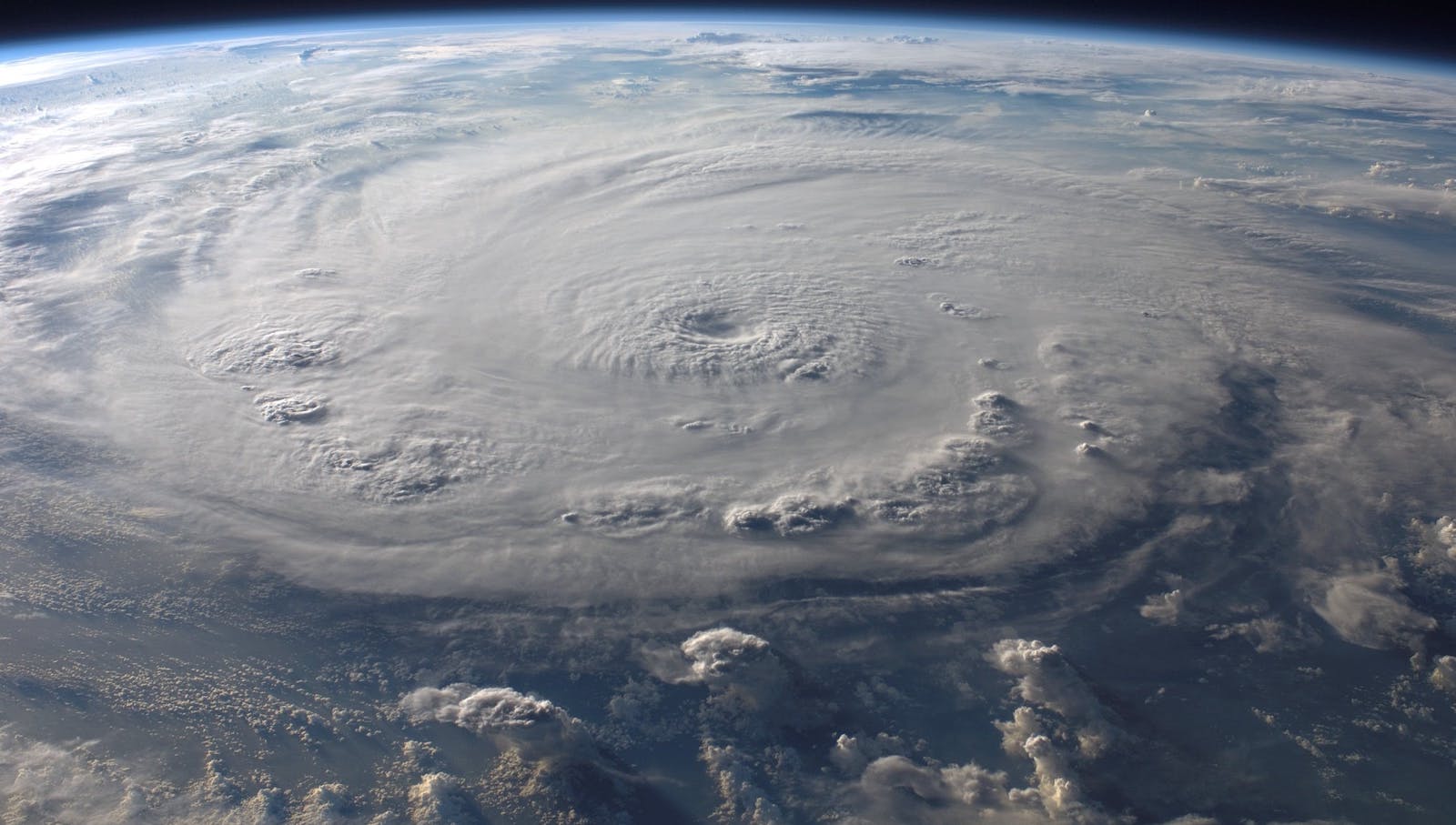I remember when I first heard about El Nino, the warming of the Pacific Ocean off the coast of South America that influences weather patterns around the world. It was almost 40 years ago, when I was a young pup of an editor in the Wall Street Journal's Chicago bureau, and a fellow who covered the commodities markets for us learned that some were starting to trade based on educated guesses about how this phenomenon would affect crops of corn, wheat and so on the following year.
El Nino seemed to be news to everybody, not just me, so I had Tom write a story about it, and it's stuck with me ever since: this pattern named because it appears around Christmas, marking the birth of El Nino, or, The Boy. I later learned about the flip side, a cooling of the Pacific known as La Nina, or, The Girl, just to distinguish it from The Boy.
Far more is known about the phenomena now than in the early 1980s -- sensors, satellites and sophisticated computer modeling will do that -- and the forecasts for the coming winter are looking rough, especially because they build on the tough weather we've already seen this year.
I am surely sensitive because I live in Northern California, where we are experiencing the worst drought in half a century and where 2021 is the third-driest in the past 100 years -- the water level in Lake Tahoe has dropped below the rim of the lake, meaning it can't deliver water into the Truckee River at its origin in Tahoe City. And early predictions of La Nina suggest the problems will worsen over the next year, not only threatening water supplies for the entire state but making us even more vulnerable to the devastating wildfires that have hit the state in recent years.
But the effects reach far beyond my little corner of the world. La Nina typically extends the hurricane season in the Atlantic, increases the likelihood of tornados in the Plains and South, spawns major storms across the northern part of the U.S. and much of Canada and suppresses rainfall from Northern California across much of the American South.
The Colorado River already can't supply all the water needed by those along its course -- Lake Mead, supplied by the river and held back by the Hoover Dam near Las Vegas, has dropped 150 feet in the last 20 years -- and no relief is in sight.
La Nina typically also means lower rainfall in East Africa, which has also been devastated by drought.
Living in what seems to have become the wildfire capital of the world, I keep hoping for relief, but it seems I'll have to buckle up for another rough stretch, as will much of the rest of the U.S. and some other parts of the world -- and as will those that insure all of us.
Stay safe.
Paul








